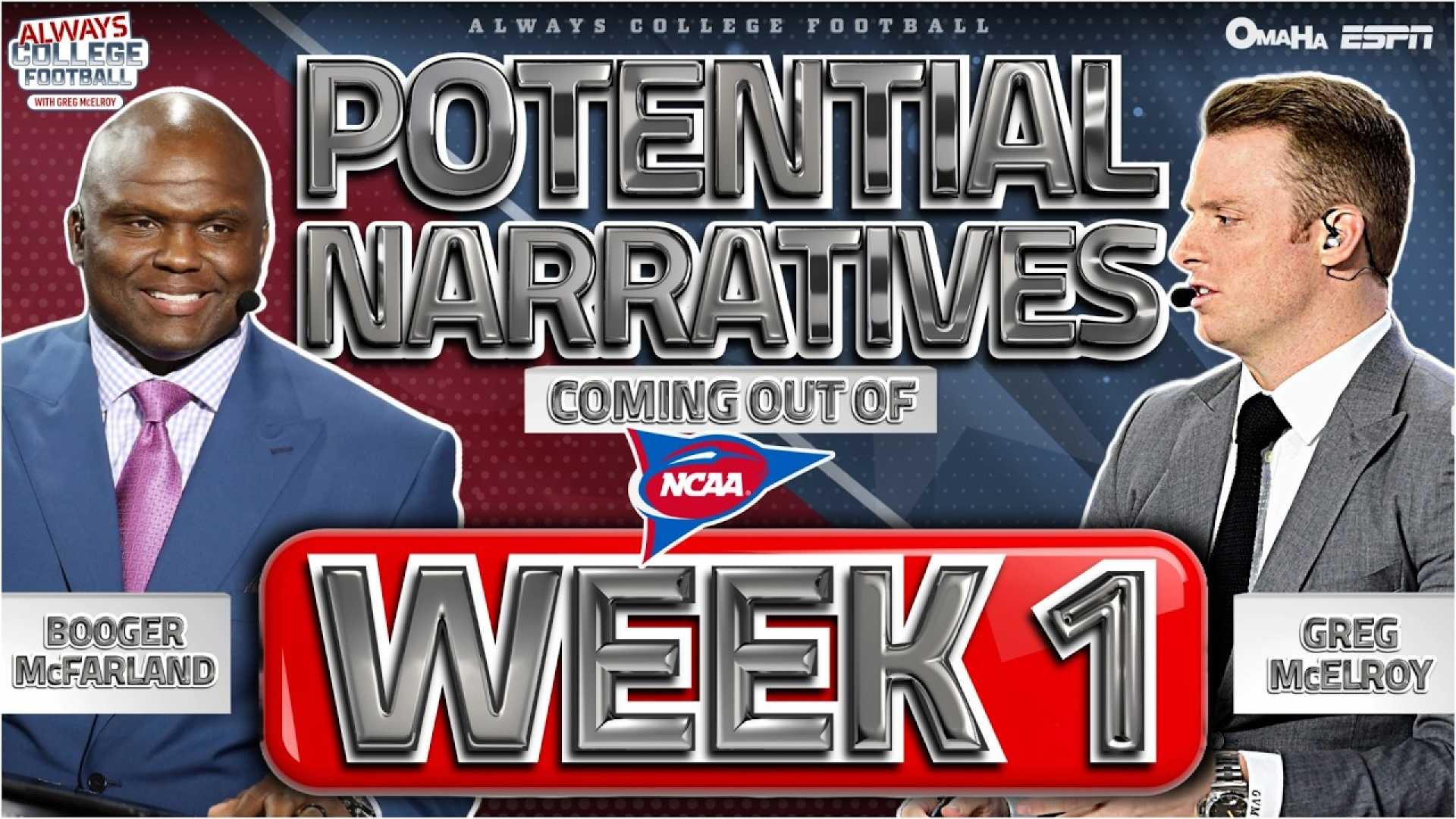Sports
SEC’s College Football Dominance Challenged by NIL Era, Says Analyst

BATON ROUGE, La. — The Southeastern Conference (SEC), long regarded as the powerhouse of college football, is facing unprecedented challenges to its dominance, according to former LSU standout and ESPN analyst Booger McFarland. The shift, McFarland argues, is largely due to the rise of Name, Image, and Likeness (NIL) deals, which have leveled the playing field for northern schools like Michigan and Ohio State.
For nearly two decades, the SEC has reigned supreme in college football, boasting multiple national championships and a reputation for producing top-tier talent. However, this season marked a turning point: no SEC teams advanced to the national championship game, and several conference powerhouses suffered unexpected losses in bowl games. “I’m not going to apologize for a conference that’s dominated college football,” McFarland said during a recent podcast appearance. “But the era where the SEC and, to a certain extent, the ACC, dominated is over.”
McFarland pointed to NIL as the primary factor disrupting the SEC’s stronghold. “No longer can these teams in the south stack their rosters,” he explained. “Players aren’t willing to wait two years to play when they can go to Michigan, Ohio State, or Oregon, get paid $250,000, and play right away.”
The impact of NIL was evident in the recruitment of Bryce Underwood, the No. 1 high school recruit in the nation. Underwood initially committed to LSU but ultimately chose Michigan after lucrative NIL offers from prominent figures like Larry Ellison and Dave Portnoy. “Five years ago, that doesn’t happen,” McFarland said. “Now, it’s a reality. We’ve reached a point where there’s going to be a lot more parity in college football.”
This shift is not just theoretical. The Big Ten, led by Michigan and Ohio State, went 5-1 against the SEC this season, a stark contrast to previous years. Ohio State’s $20 million NIL budget for its 2024 team underscores the financial muscle northern schools now wield. Michigan, with its vast and wealthy alumni base, has also capitalized on NIL to build a championship-caliber roster.
Despite these challenges, the SEC remains a formidable force. Seven of the top ten 2025 recruiting classes belong to SEC schools, indicating that the conference is far from fading into obscurity. However, the days of unchallenged dominance appear to be over. “The SEC isn’t going away,” McFarland said. “But the playing field is more level than it’s ever been.”












